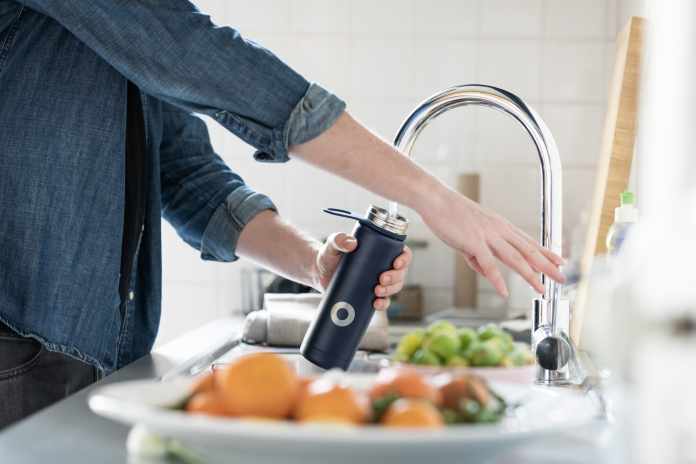Even the best plumbing will deteriorate over time. The simple fact is that joints are complex, under a surprising amount of stress, and eventually it starts leaking and dripping drains.
You can call a plumber to take a look at the issue and resolve it for you. But, it’s also generally possible to deal with the issue yourself. Dripping drains are usually easy to solve but don’t delay.
The water dripping from drains will end up on your floor. Depending on your flooring, you may find a puddle that needs to be cleared up regularly. But, if the water soaks through the floor you’re going to end up with water damaging the wooden beams underneath, which can lead to wet rot, a more expensive and serious issue.
Locate the Leak
You know it’s your drain dripping but you need to find out which part of it. Start by shining a touch all around the drain. Water should glisten and help you identify the source. It can be dripping from around the plughole in the sink, from a joint on the U bend under the sink, or even be a damaged pipe.
If the torch doesn’t help use a piece of tissue and dab each part of the pipe, starting as high as possible. When the tissue is wet you’ll have located your leak.
The Leak is directly under the Sink
There’s a good chance that the leak is due to the sealant around the drain aging and allowing water through. This is easy to replace. You’ll need to unscrew the sink drain in the sink. You can then lift it out.
There will be a visible trace of the old sealant that sits under the plughole. Remove all traces of this before cleaning and drying the area. You can then add new sealant and secure the plughole back into position.
You will need to leave the sealant to set, without getting it wet. This can take up to 24 hours, check the instructions on the sealant.
Leaking Joints
If the problem is under the sink then the washers inside the joints may have perished. The first thing you should do is attempt to tighten the joint by hand. This can stop the issue but it’s more likely to be a perished washer.
The aim is to undo the joint and replace the washer. However, before you do anything else try this tip:
Top Tip: If the leak is from a joint and has just started it’s worth investing in a pipe inspection camera. You can run this through the pipes and check for blockages. A blockage can cause the water to drain slowly and collect in the pipe, causing excess pressure on the joint.
You’ll want to clear the blockage before you take the pipes apart. This will prevent wastewater from going all over your floor, and possibly you.
When you take the joint apart you’ll see the washer in the joint, replace this with a new one, and put the pipes back together.
Of course, if it’s the pipe leaking you’ll need to replace that section of pipe. F you don’t feel comfortable with this get a professional to help.

















